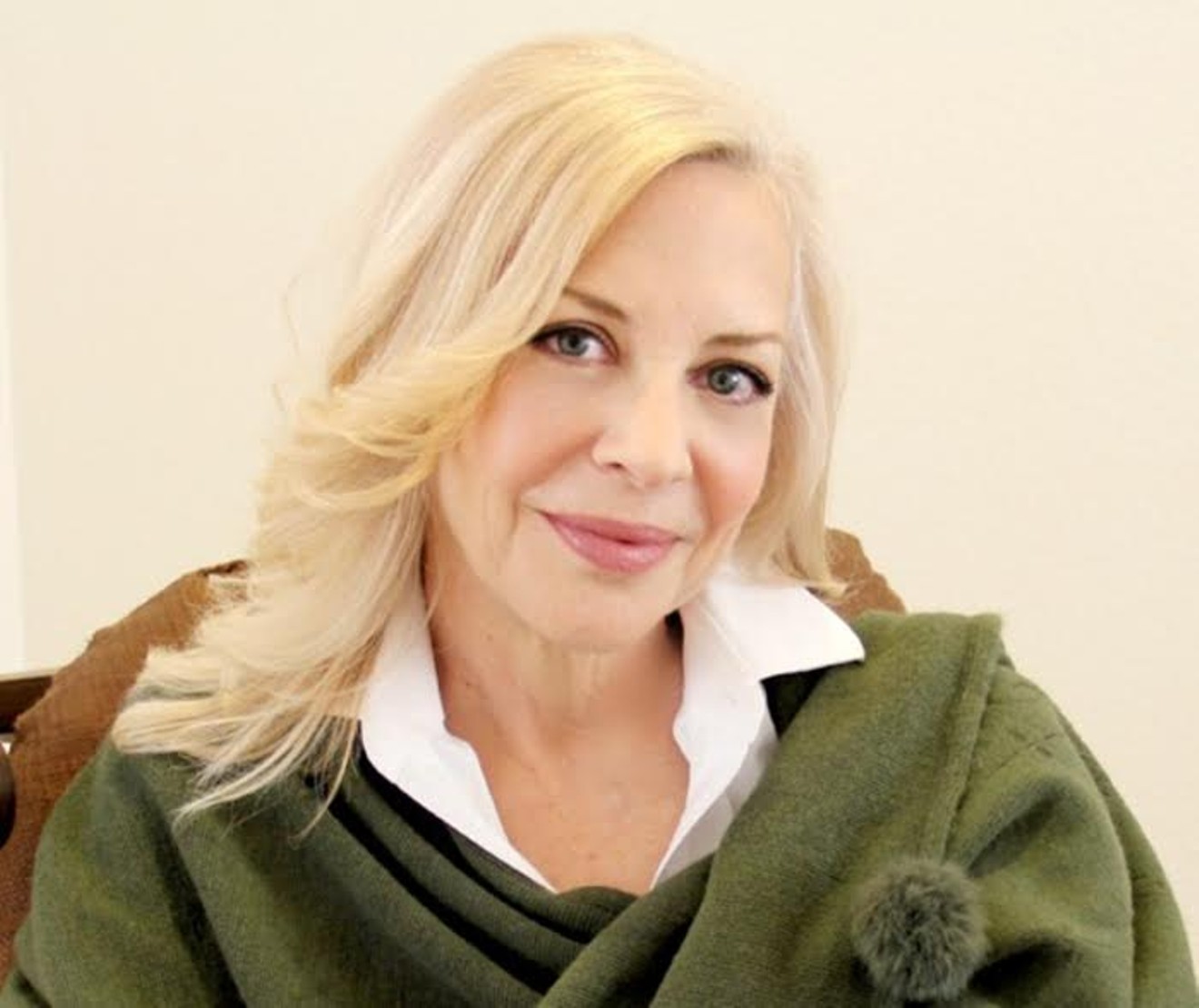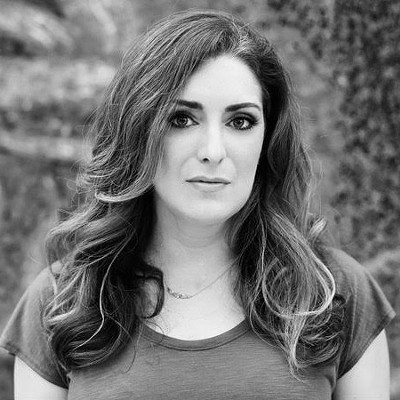Dallas is a city of contradictions: money and poverty, glitz and grime, corruption and piety all coexisting in a growing metroplex. Now imagine the arrival here of a six-foot-tall, Polish, rough-around-the-edges, flame-headed lesbian narcotics investigator. Who’s from Brooklyn.
That’s the protagonist Dallas novelist Kathleen Kent created for The Dime, her first foray into the crime noir genre. Kent’s “avatar,” as she calls her, is named Betty Rhyzyk. “You probably can’t pronounce her last name,” another author comments on the book’s back cover, “But she doesn’t give a shit.” Betty roundhouse-kicks thugs on a daily basis and spends as much time hovering over dead bodies as she does living ones.
But as hard-to-forget as Kent’s main character is, the breakout star of this show is the city of Dallas. And it ain’t all glitz and J.R. Ewing.
“If I had to describe the essence of Dallas as a character, it would be a very attractive person with a split personality. We’re big on celebrity balls and we like to show off our baubles,” she says. “But there’s the same dark underbelly in Dallas as you find in cities like New York and Boston and Chicago. We have drugs. We have human trafficking and homelessness. We have prostitution — lots and lots of prostitution — and we don’t really hear about it. That’s not naivete, that’s intentional. Because it mars the perfect outer skin of Dallas.”
Kent knows the city’s warts well. She grew up here, graduating from Hillcrest High School and the University of Texas at Austin before moving to New York City where she worked as a C-level commodities trader for 20 years. In 2000 she took an early retirement from her job and returned to her hometown.
“I was ready and I just really wanted to write,” she says. “And it was important to me that all the main female characters in my books were ferocious women.”
After moving back she found herself questioning the now-shifted cultural makeup of her reclaimed city, with its homespun good old boys standing toe-to-toe with well-heeled trust fund types, and a crime scene that was much grittier than how she remembered it.
The idea for the book developed in part from her personal experiences with relatives who work in Dallas law enforcement, and a growing admiration for the female police officers who are forced to confront “the way things are done in the South,” strange though it may be.
Active duty police officers are discouraged if not forbidden from offering civilians (particularly civilian authors working on a crime novel) any help in their creative pursuits. But Kent found an invaluable resource in Marilyn Hay, now retired, who was the first female detective the city of Dallas ever had. She says Hay was forthcoming about the horrible things that were done to her by her male counterparts, which she portrays composite-style in the book.
“They did not want female officers. It was mandated by the city and state that they had to start recruiting women in the ’70s, but they did everything in their power they could to get rid of them. Marilyn stuck around. I admire her tenacity so much.”
Kent’s admiration for her city is obvious. She did willingly move back from New York after all. But she has no illusions about its pockmarks. Or at least, quirks.
“In Dallas we have a lot of moneyed people. We have more churches per capita than any city in the country. Now we have more plastic surgeons than Los Angeles, and we spend more money on lawn care in the upscale neighborhoods than Beverly Hills.”
Kent’s dad often spouted a go-to joke when she was growing up: What’s the difference between Dallas and yogurt? Yogurt is the one with live culture.
“That’s not true anymore. It’s got cultural prowess it can be proud of. But you’ve still got your very wealthy privileged, and then you have your gangs and drugs,” she says. In the book, she says, “I wanted to show the tension that’s caused by those two polar opposites. Because they’re very much at odds.”
[
{
"name": "Air - MediumRectangle - Inline Content - Mobile Display Size",
"component": "18855504",
"insertPoint": "2",
"requiredCountToDisplay": "2"
},{
"name": "Editor Picks",
"component": "17105533",
"insertPoint": "4",
"requiredCountToDisplay": "1"
},{
"name": "Inline Links",
"component": "18349797",
"insertPoint": "8th",
"startingPoint": 8,
"requiredCountToDisplay": "7",
"maxInsertions": 25
},{
"name": "Air - MediumRectangle - Combo - Inline Content",
"component": "17105532",
"insertPoint": "8th",
"startingPoint": 8,
"requiredCountToDisplay": "7",
"maxInsertions": 25
},{
"name": "Inline Links",
"component": "18349797",
"insertPoint": "8th",
"startingPoint": 12,
"requiredCountToDisplay": "11",
"maxInsertions": 25
},{
"name": "Air - Leaderboard Tower - Combo - Inline Content",
"component": "17105535",
"insertPoint": "8th",
"startingPoint": 12,
"requiredCountToDisplay": "11",
"maxInsertions": 25
}
]













